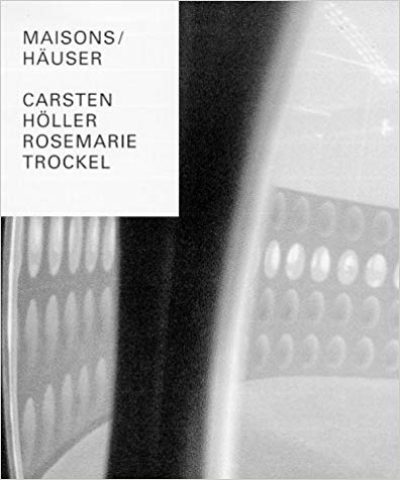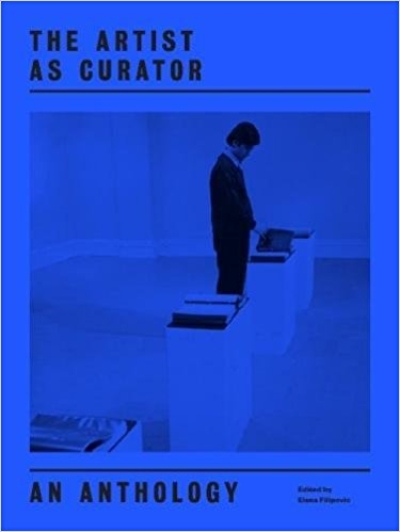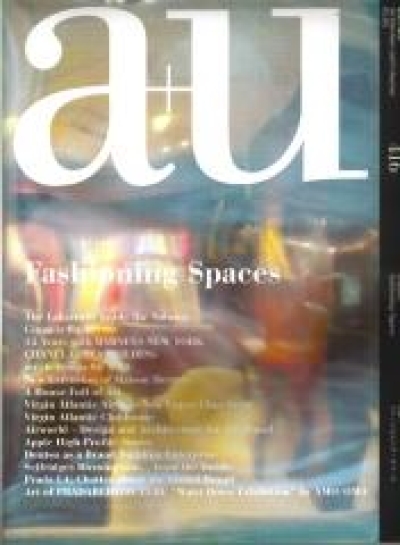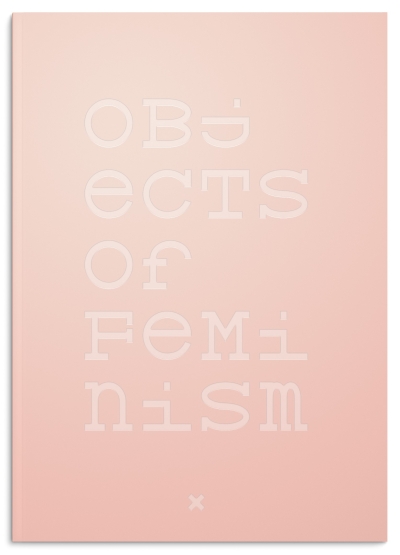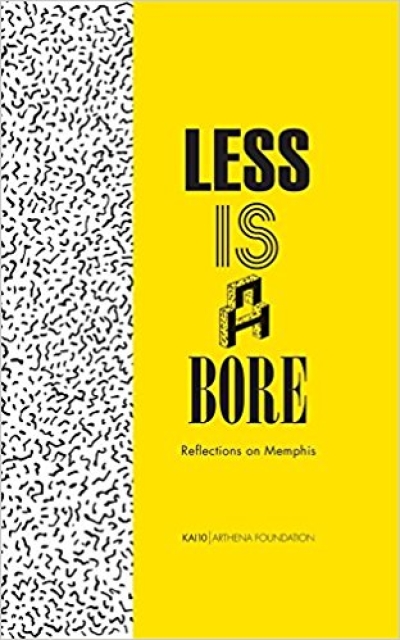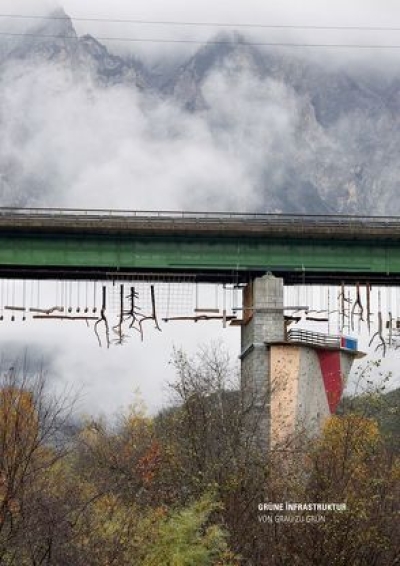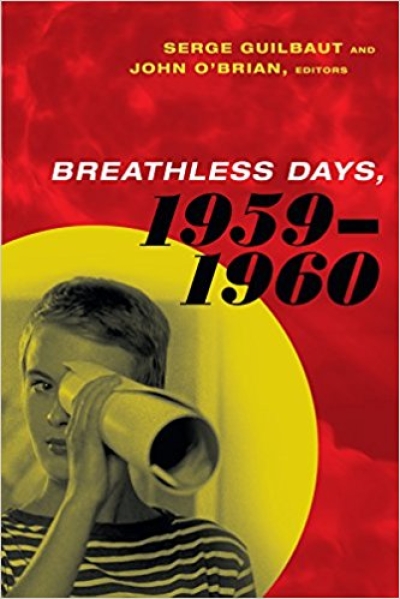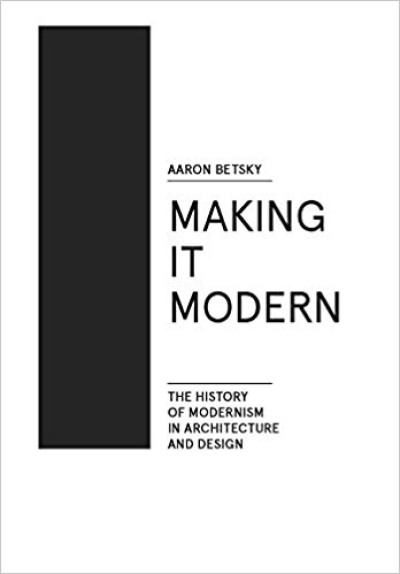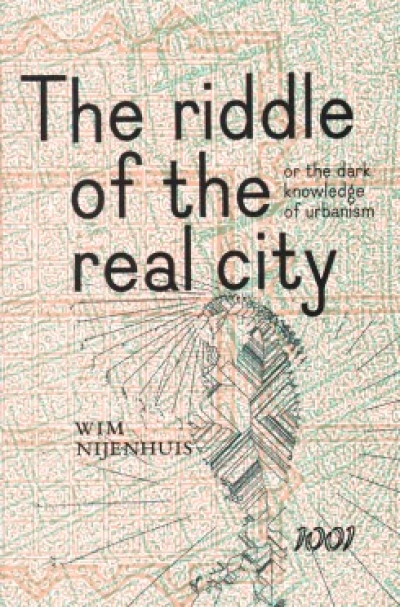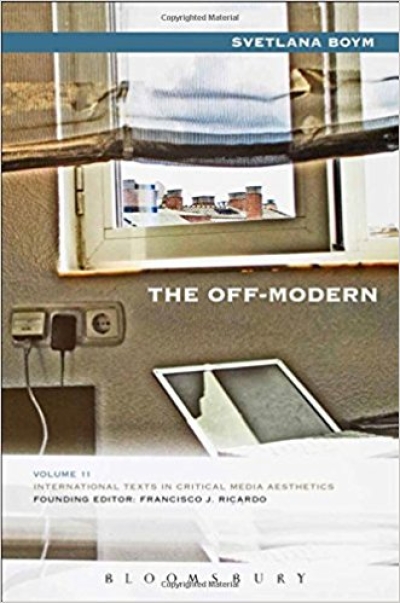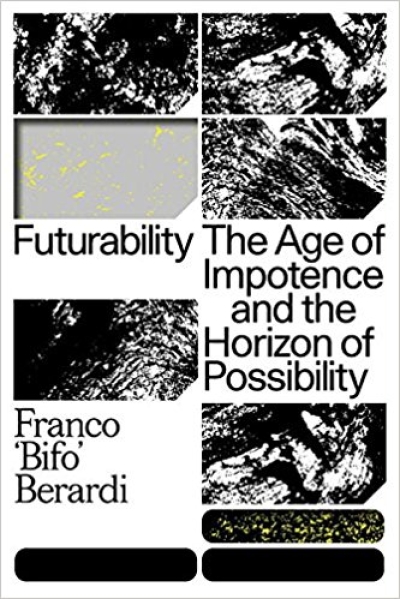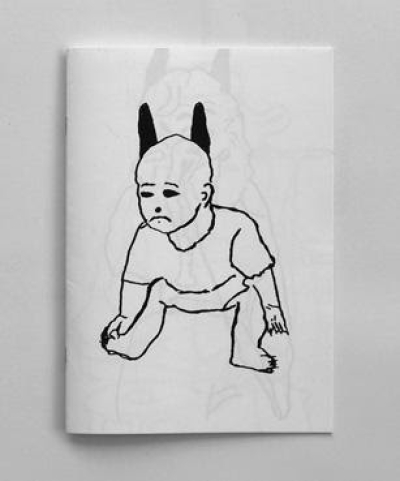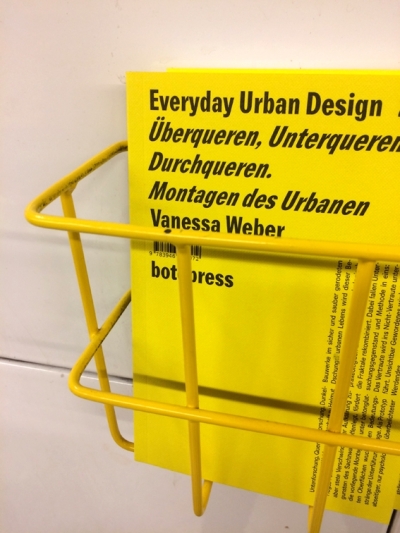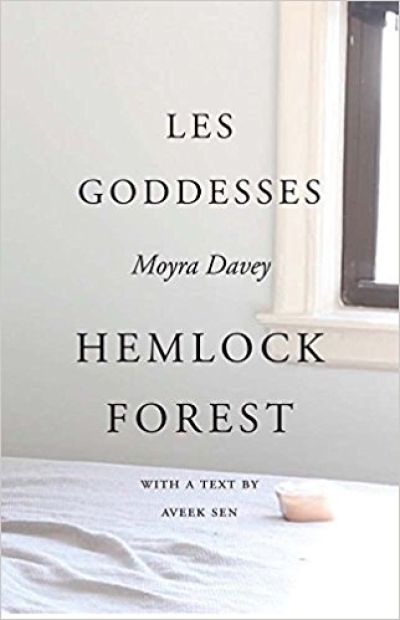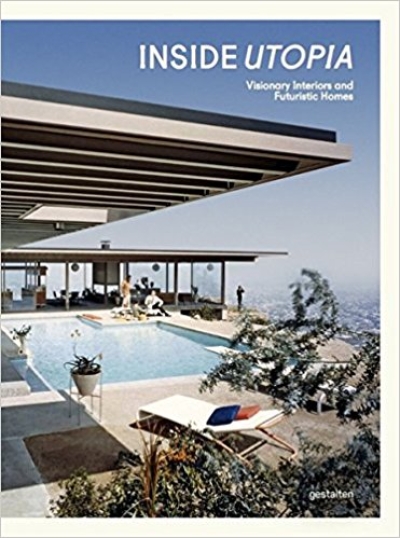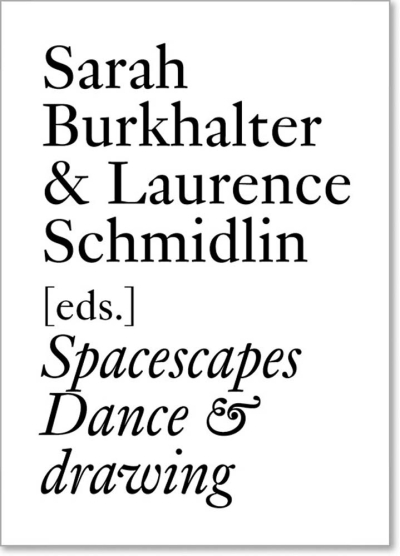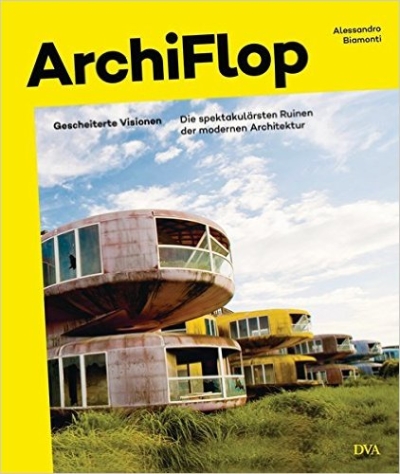
Film as a Subversive Art
A classic returns. The original edition of Amos Vogel's seminal book, Film as a Subversive Art was first published in 1974, and has been out of print since 1987. According to Vogel--founder of Cinema 16, North America's legendary film society--the book details the "accelerating worldwide trend toward a more liberated cinema, in which subjects and forms hitherto considered unthinkable or forbidden are boldly explored." So ahead of his time was Vogel that the ideas that he penned some 30 years ago are still relevant today, and readily accessible in this classic volume. Accompanied by over 300 rare film stills, Film as a Subversive Art analyzes how aesthetic, sexual, and ideological subversives use one of the most powerful art forms of our day to exchange or manipulate our conscious and unconscious, demystify visual taboos, destroy dated cinematic forms, and undermine existing value systems and institutions. This subversion of form, as well as of content, is placed within the context of the contemporary world view of science, philosophy, and modern art, and is illuminated by a detailed examination of over 500 films, including many banned, rarely seen, or never released works. I think that it must be the most exciting and comprehensive book I've seen on avant-garde, underground, and exceptional commercial film. The still pictures are so well chosen that their effect is cumulative and powerful. --Norman Mailer By Amos Vogel. Foreword by Scott MacDonald.
The Bible of Underground Film
12 of 12 people found the following review helpful:
5.0 out of 5 stars The Bible of Underground Film, April 12, 2006 By directions "neuralbuddhist" (Space Time Foam)
I've had this book half of my life and am still working on seeing all of the films. That said some of the films reviewed in it have dated badly (even Jean Luc Godard has dismissed his Maoist films which never show today). In addition, some of the countercultural (aka hippie) terminology such as "consciousness 3" will leave modern readers scratching their heads. That said it is an essential discussion of films that break film conventions, whether it be through the language of film, political subversion (suddenly relevant again) or sexual politics. The one positive note is that at the end of the book the author states in bold, "But the real question remains: how to reach the masses 'out there' with five heavy cans of 35 mm film and nowhere to show them". The answer is that through video and especially dvd films mentioned in this book that were impossible to find are suddenly resurfacing and being re-evaluated. Though some films are best shelved (I pity anyone who watches all 8 hours of Andy Warhol's "Empire" just to say that they saw it), others especially from world cinema such as the Iranian film "The Cow" and the Senegal made film "The Money Order (Mandabi)" show film makers who now have recieved acclaim. Though some reviewers wanted an update of this book I think that it was written and speaks for a certain point in time, before the co-option of underground films into indie films, when foreign films were still ahead of the times, before garbage like Jackass broke almost all visual taboos while actually taking film a giant leap backward and before the vcr, when hunting down experimental films showing in theaters or libraries was a religion onto itself.
http://www.amazon.com/Film-Subversive-Art-Amos-Vogel/dp/0394732073
http://www.filmzentrale.com/rezis/filmasasubervisearttg.htm

